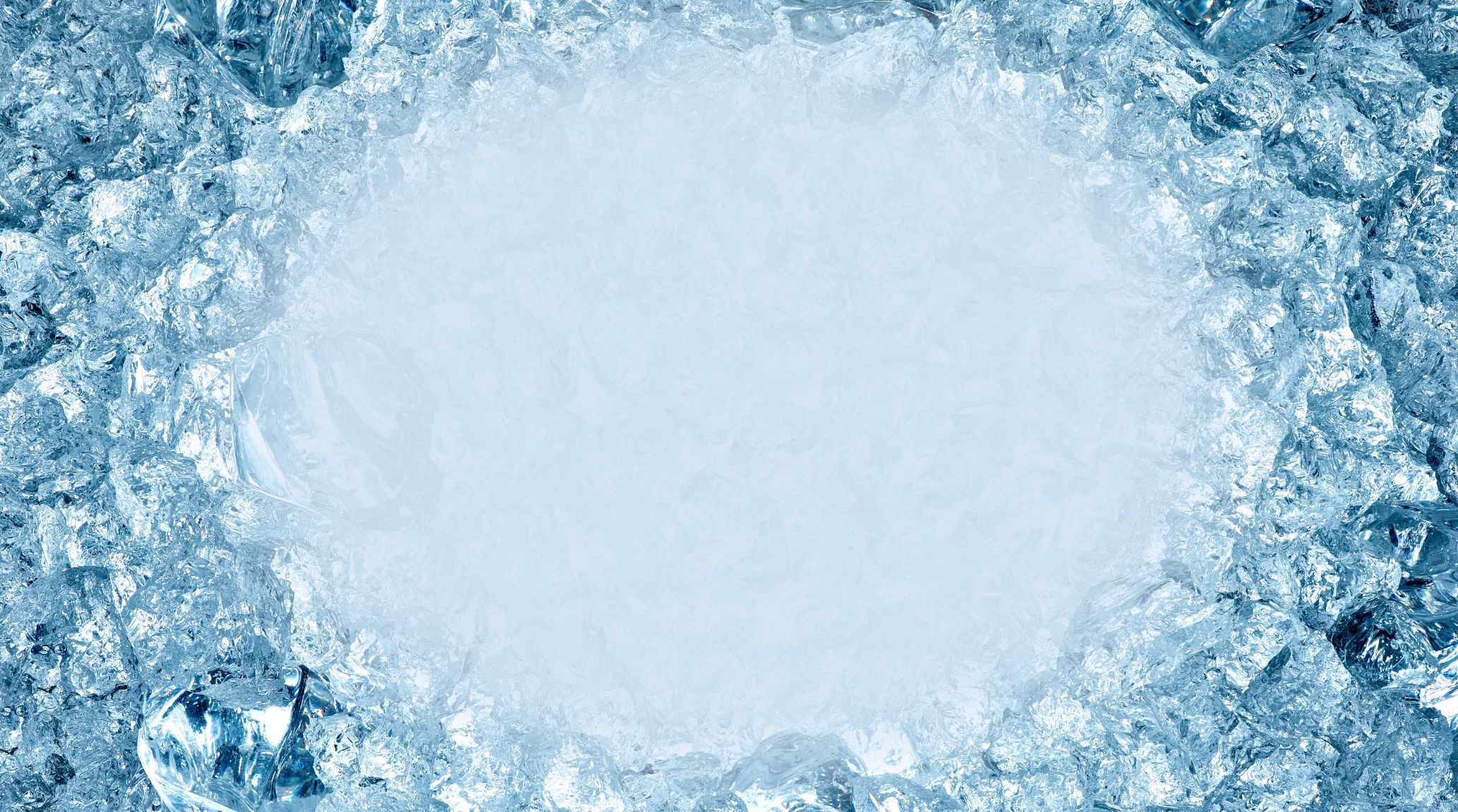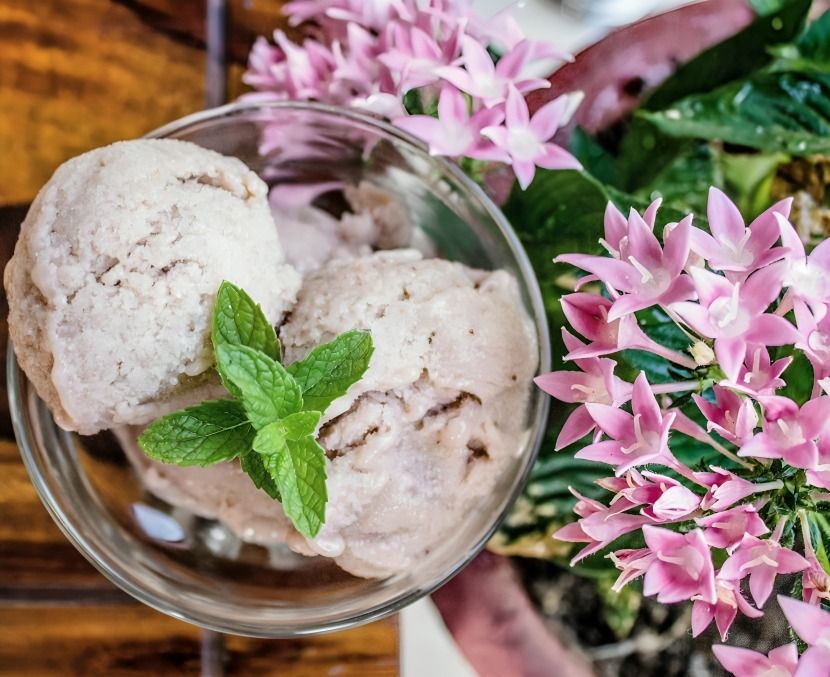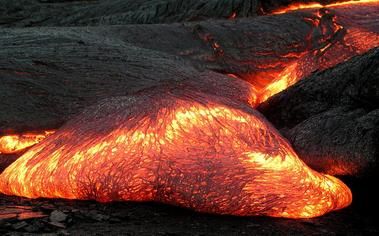
“
Freezing is a remarkable process where water turns from a liquid into solid ice, playing a crucial role in nature and daily life. This phase change affects the weather and influences ecosystems and human activities. In this blog, we'll delve into 20 fascinating facts about freezing, exploring how this process occurs, its effects on the environment, and its various applications. Whether you're intrigued by how ice forms in winter or the science behind freezing temperatures, these facts will provide a deeper understanding of this essential natural phenomenon.1
”
When water freezes, its molecules arrange into a hexagonal lattice structure, causing ice to expand and become less dense than liquid water. This unique property makes ice float on water, essential for aquatic life in cold environments. 1
The freezing point of most liquids is determined by the balance between kinetic energy and intermolecular forces. For example, alcohol freezes at a lower temperature than water because its intermolecular forces are weaker. 2
Freezing is a crucial process in the preservation of food. By lowering the temperature to below freezing, bacteria and enzymes responsible for spoilage are slowed or stopped, extending the shelf life of perishable goods significantly. 3
In chemistry, the term "freezing point depression" refers to the lowering of a liquid’s freezing point when a solute is added. This phenomenon occurs because the solute disrupts the formation of the solid structure, requiring a lower temperature to freeze. 4

The concept of freezing point depression is utilized in making ice cream. Adding ingredients like salt or sugar to the icing mix lowers the freezing point, allowing the ice cream to freeze more evenly and achieve a smoother texture.
Some liquids, like mercury, have very low freezing points. Mercury freezes at about -39 degrees Celsius (-38 degrees Fahrenheit), making it a unique substance that remains liquid at room temperature, often used in thermometers. 5
The freezing process can lead to supercooling, where a liquid is cooled below its freezing point without solidifying. Supercooled liquids may suddenly freeze when disturbed, as this disturbance initiates crystallization.6
In nature, the freezing of lakes and rivers creates a solid layer of ice that insulates the water below. This ice layer helps maintain a stable aquatic environment and protects aquatic life from extreme winter temperatures. 7

The freezing of lava as it emerges from a volcano creates igneous rock formations. The rapid cooling of lava when it comes into contact with water or air solidifies it into various types of rock, such as basalt and pumice.
When the freezing point changes due to atmospheric pressure, this effect is more noticeable at high altitudes. For example, water boils at a lower temperature on a mountain, and thus its freezing point can also shift slightly. 8
In metallurgy, freezing is an essential step in casting metals. The molten metal is poured into molds and allowed to cool and solidify, forming various metal products. The rate of freezing affects the strength and grain structure of the metal. 9
The process of freezing can lead to the formation of different ice crystal structures, such as the common hexagonal crystals or more complex forms. The type of crystal formed depends on the cooling rate and the presence of impurities. 10
Some liquids exhibit anomalous freezing behavior. For example, silicon freezes into a diamond-like structure rather than a regular crystalline form, which affects its physical properties and applications in technology and electronics. 11
In pharmaceuticals, freezing is used to create freeze-dried medications. The process involves freezing the medication and then removing the water through sublimation, preserving the drug’s effectiveness while making it easier to store and transport. 12
In ice production, controlling the freezing process can yield clear ice cubes. Freezing water slowly from one direction pushes impurities to the bottom, resulting in clear ice instead of the cloudy variety typically found in home freezers.13
During the freezing process, latent heat is released as a liquid turns into a solid. This latent heat is energy that was absorbed during the melting process, and its release helps maintain the temperature of the freezing substance. 14
The freezing point of a liquid can be influenced by the presence of impurities or solutes. For instance, adding salt to ice lowers its freezing point, which is why salted roads are used to prevent ice formation in winter. 15
In space exploration, freezing is used to preserve biological samples. Space missions often employ cryopreservation techniques to store samples at extremely low temperatures, ensuring their viability for future research and analysis. 16
The phenomenon of freezing rain occurs when raindrops fall through a layer of cold air and freeze upon contact with cold surfaces, creating hazardous conditions. This occurs when the temperature at ground level is below the freezing point of water. 17
The freezing process can be used to create unique textures in materials. For instance, in the field of materials science, controlled freezing can produce aerogels with a sponge-like structure, which are used in insulation and lightweight materials. 18


